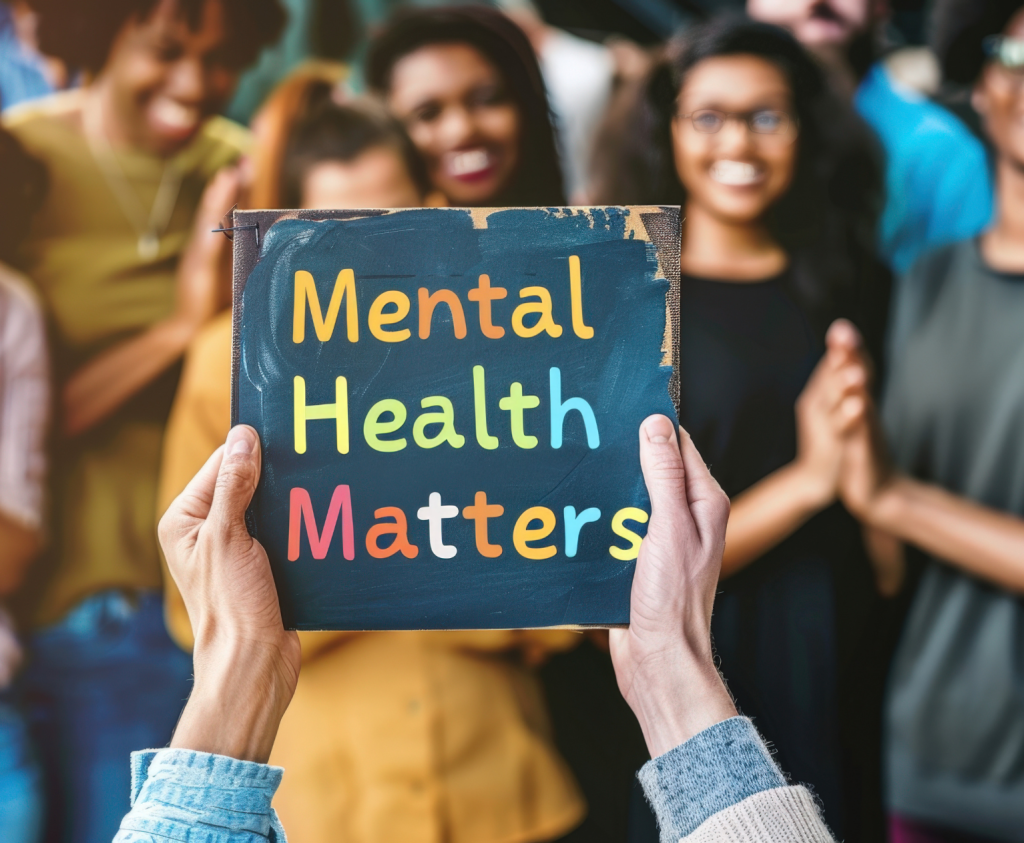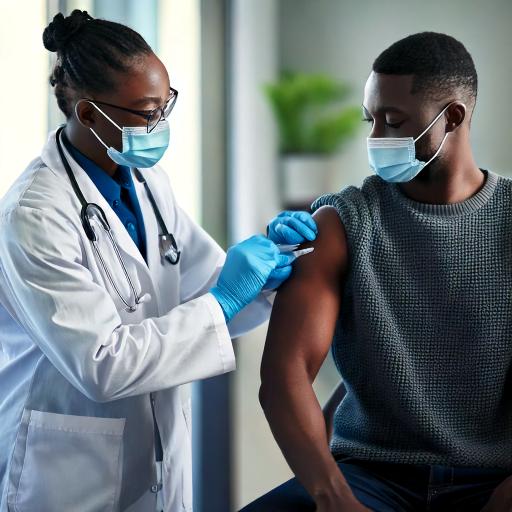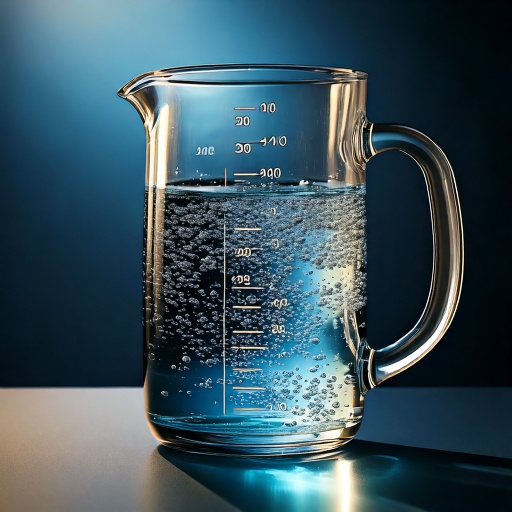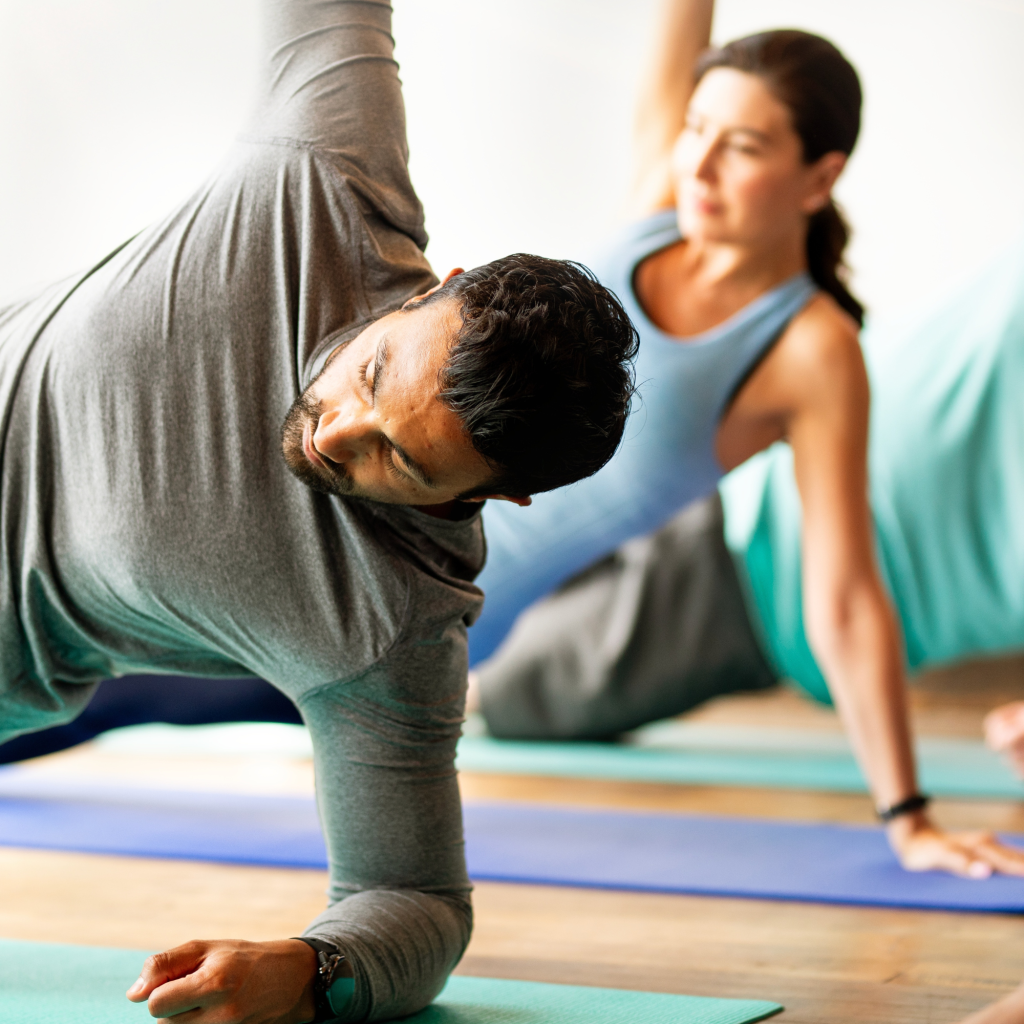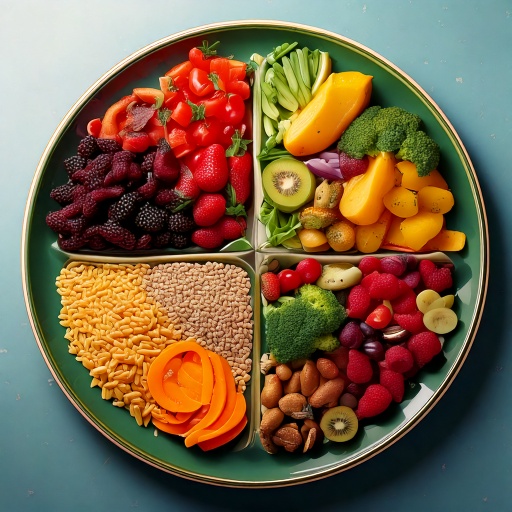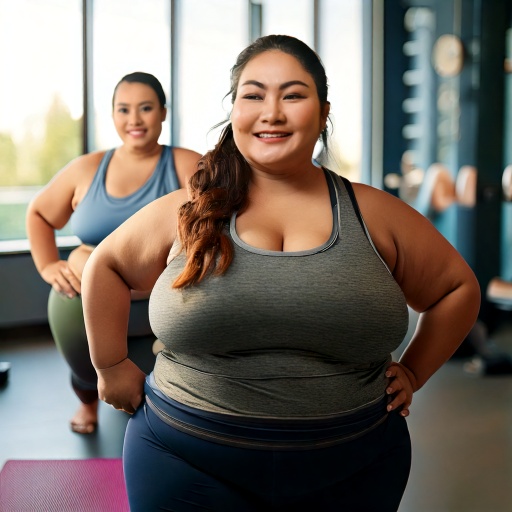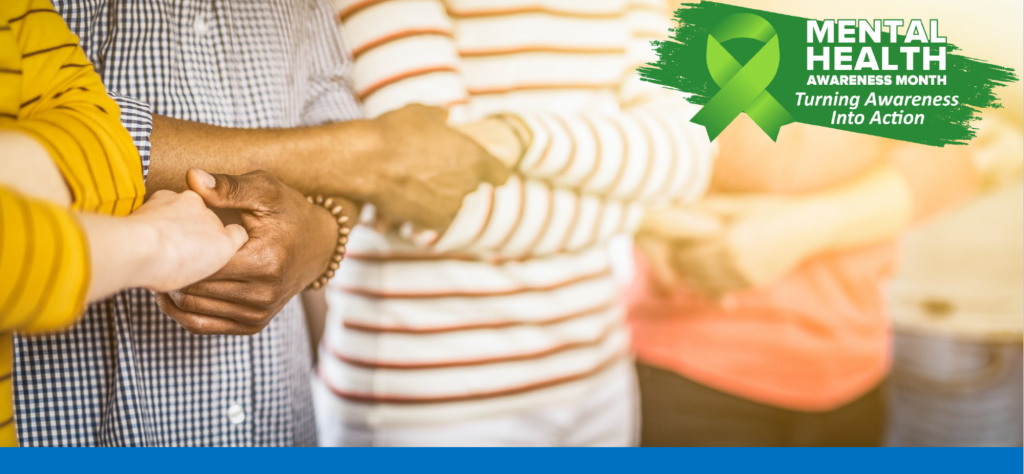July is UV Safety Awareness Month, a time dedicated to raising awareness about the harmful effects of ultraviolet (UV) radiation and promoting sun safety practices that protect both skin and eyes. While sunshine can boost our mood and provide vitamin D, excessive and unprotected exposure to UV rays can lead to long-term health issues—many of which are preventable.
Ultraviolet rays are a type of electromagnetic radiation emitted by the sun. There are two primary types that impact human health: UVA and UVB. UVA rays penetrate the skin deeply and are associated with aging and long-term skin damage, while UVB rays affect the surface of the skin and are the primary cause of sunburn. Both types contribute to the development of skin cancer, the most common form of cancer in the United States (Centers for Disease Control and Prevention [CDC], 2022).
Sun safety is for everyone, every day—not just during beach trips or vacations. Whether you’re taking a lunchtime walk, commuting, or sitting near a window, UV rays can still reach your skin and eyes. According to the Skin Cancer Foundation (2024), over 90% of nonmelanoma skin cancers are associated with exposure to UV radiation from the sun. That makes protective measures not just smart—but essential.
Here are a few effective and easy ways to stay protected:
- Wear broad-spectrum sunscreen with at least SPF 30, even on cloudy days. Reapply every two hours or after swimming or sweating.
- Choose protective clothing, including long sleeves, wide-brimmed hats, and fabrics with a UPF (ultraviolet protection factor) label.
- Wear sunglasses that block 100% of UVA and UVB rays to protect your eyes from damage that can lead to cataracts and other vision problems.
- Seek shade, especially between 10 a.m. and 4 p.m., when the sun’s rays are strongest.
- Check the UV Index before spending time outdoors. A higher number indicates a greater risk of harm from unprotected sun exposure.
Incorporating these habits into your daily routine can significantly reduce your risk of skin cancer, premature aging, and eye damage. For those who work or spend a lot of time outdoors, being sun-smart isn’t just a seasonal suggestion—it’s a year-round commitment to wellness and prevention.
This July, let’s shine a light on the importance of UV protection. By taking proactive steps today, we can safeguard our health and enjoy the benefits of the sun—safely and responsibly.
References
- Centers for Disease Control and Prevention. (2022). Protecting yourself from UV radiation. https://www.cdc.gov/cancer/skin/basic_info/prevention.htm
- Skin Cancer Foundation. (2024). Skin cancer facts & statistics. https://www.skincancer.org/skin-cancer-information/skin-cancer-facts/
- American Academy of Ophthalmology. (2023). UV protection and your eyes. https://www.aao.org/eye-health/tips-prevention/sun


